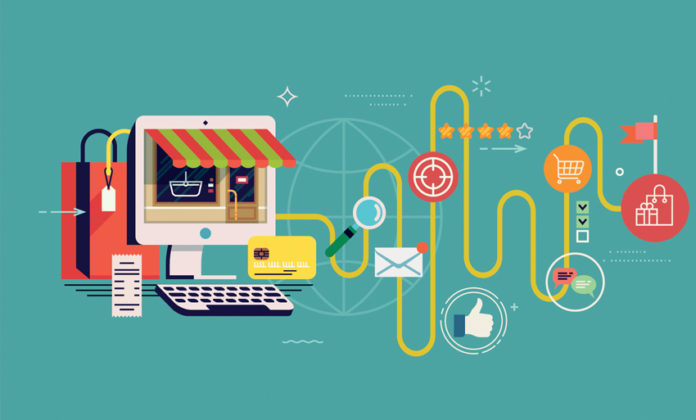The customer experience – it can be overwhelming and it can get confusing. The customer experience space is blossoming and becoming more agile. That means new terminology and verbiage has to be developed or sometimes even invented in order for people to have a way to describe all of the innovations made possible by technology and its integration into the customer journey.
There is User Interface (UI), User Experience (UX), Customer Experience (CX), and a whole bevy of other buzzwords and phrases that are being infused into boardroom conversations and contact center leadership meetings across the board.
When we strip away the superfluous terminology that is designed to describe the flavor of the week in terms of industry jargon, we are left with two pieces of nomenclature that deserve to be defined and integrated within the grand scheme of a company’s front facing and internal sites: ‘Customer Journey’ and ‘Customer Touchpoints.’
Let’s unpack those two pieces and look at how they are a different but essential part of one another. They are almost binary in the way that each term defines and drives the other.
‘Customer Journey’ and ‘Customer Touchpoints’ can oftentimes be confused with one another. In actuality, the two concepts can work in tandem to create a customer experience that is seamless and effortless for the customer.
Customer Touchpoints
The website 360 Connect makes an interesting and viable point when they attempt to explain a customer touchpoint:
“Touchpoint (also touch point, contact point, point of contact) is business jargon for any encounter where customers and business engage to exchange information, provide service, or handle transactions.”
With that in mind, we can consider Customer Touchpoints as mile markers across the customer journey (which we will get to in a moment.)
When a customer engages in a live chat interaction with an agent or uses any other channel of conversation, that is a touchpoint. It’s a moment where the agent and the customer are given an opportunity to connect in a healthy bond that can provide an anchor point in the journey while the customer is in a quest for resolution.
Touchpoints can be ethereal. They can consist of any piece of conversation and the channel from which they originate can have a huge effect on the overall experience. A customer interacts with your company? That’s a touchpoint.
Customer Journey
The customer journey is the overall experience, from the first Touchpoint to the last. There is something to be noted about the customer journey; something that makes it an essential point of focus when designing customer experience: no two customer journeys are the same. Two customers may be looking for the same resolution, but their paths can be completely different. It’s kind of like one of those old “Choose Your Own Adventure” books, but with the customer experience in mind.
The customer journey can easily be broken and shattered if the right channels are not in place. Not only will this lead to customer attrition, it can also have a negative effect on word of mouth and social media representations of the journey from prospective customers and current clients.
For this reason, the Touchpoints need to be carefully orchestrated so that interactions are effortless (on the part of the customer) and effective (on the part of the company).
Putting It Together
All right, so we know what Touchpoints are. They are the moments when agent and customer interactions flow seamlessly to create a collection of resolutions.
The customer journey should be a path that is comprised of high-level Touchpoints that move the customer from a curious shopper to an evangelist for a company’s brand.
Many a foofaraw has been made in C-Level meetings where it becomes difficult for drivers and leaders to delineate between one and the other.
A well designed customer journey will consist of a menu of multi-channel options where the customer can choose the Touchpoints that best fits their interaction level.
At the end of the day, a customer should never feel frustrated or confused. They should have a suite of options that allows them the ability to propel their interactions and resolution needs in the way that feels most comfortable to them.
That seems daunting coming from a CX design perspective, doesn’t it?
The good news is that solutions are available to satiate the needs of the customer that demands, or at least expects, a platform that allows them to create their own experience.
In Conclusion
There are many solutions and providers in the CX space right now that promise to deliver a be all/end all omni-channel suite when it comes to hitting high touch points while pushing the customer experience forward.
The thing is though, companies only get a single chance to make a first impression with their customers. With that in mind, Glia provides a proprietary all-encompassing framework that is completely secure. And… spoiler alert… it can be infused with existing structures across all major CRM software by simply using one line of code. Glia’s OmniCore platform optimizes each Touchpoint through their multiple channels to suit each customer’s preference and comfort level.
For more information, feel free to request a demo.





